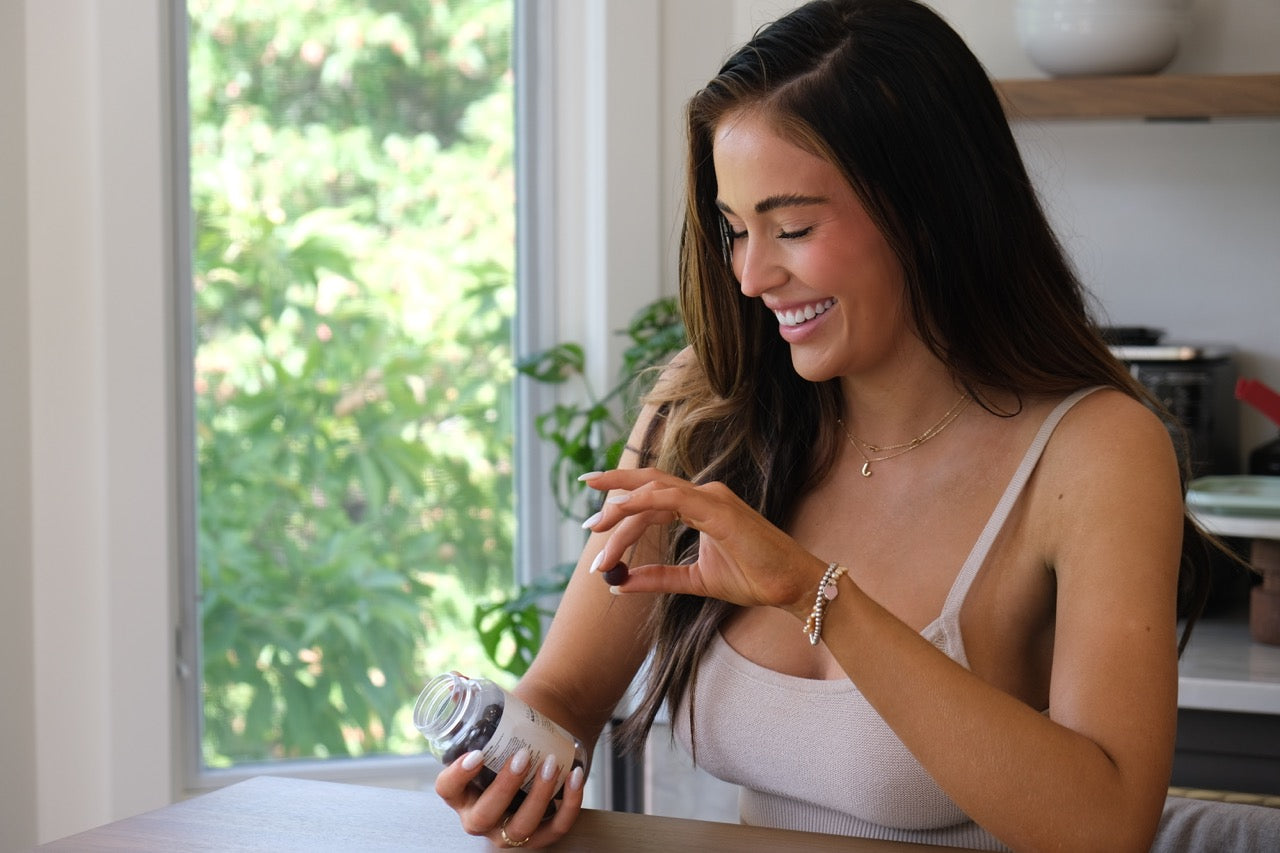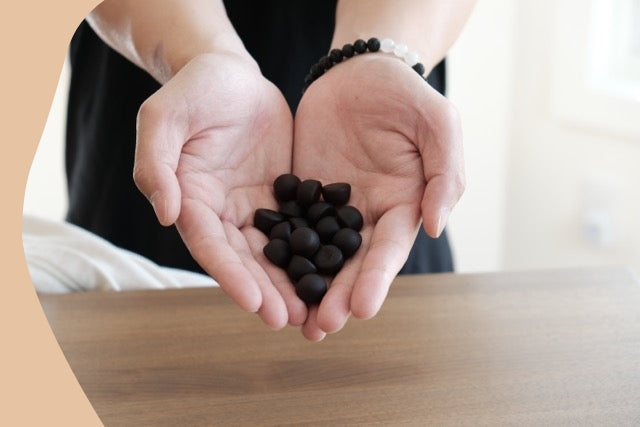
A New Light: Coping with Seasonal Affective Disorder
Listen, I can’t believe I even have to say this, but since there still seems to be confusion surrounding whether or not Seasonal Affective Disorder is a real mental illness, let’s start with this: Seasonal Affective Disorder is a real mental illness.
And one more time for the people in the back, Seasonal Affective Disorder is a real mental illness.
Cool. So now that we’re all on the same page, let’s learn a little more.

What is Seasonal Affective Disorder?
Seasonal Affective Disorder - sometimes abbreviated appropriately as SAD (or incorrectly as Seasonal Affect Disorder), is, as I mentioned, a real mental illness that is related to the changing of seasons. Most often, SAD occurs in response to the onset of the shorter days and colder weather of winter, known as winter-onset SAD.
According to the Mayo Clinic, the major causes of Seasonal Affective Disorder are:
-
Your biological clock or circadian rhythm. Due to the decrease in sunlight, your body’s internal clock is thrown off. Less daylight and more darkness can lead to experiencing depression.
-
Your Serotonin levels. Your serotonin levels can actually drop in response to reduced sunlight. Serotonin is a brain chemical that affects your mood, and if your brain doesn’t produce enough of it, you can experience depression.
-
Your Melatonin levels. Another chemical that affects mood, melatonin also responds to reduced sunlight, which can trigger feelings of depression.
Since SAD is a type of depression, most of the signs and symptoms of SAD are the same as those of general depression. Prolonged feelings of depression and hopelessness, low energy and fatigue, sleeping issues, changes in appetite and weight that seem to occur only during the winter are all signs you might be experiencing SAD.
It’s important to mention too that studies have found that women and young adults seem to struggle the most with SAD. Whether or not you experience SAD may also have to do with where you live and what kind of weather fluctuations you deal with.
3 Ways to Lighten Up Your Seasonal Affective Disorder
Incorporate Light Therapy
Also known as phototherapy, light therapy involves intentional exposure to light. Lightboxes or light therapy lamps are popular ways to combat SAD, especially for people who spend a lot of time indoors without access to windows.
While lightboxes can work great, you don’t have to drop the extra money on one to treat your SAD. While using seasonal affect disorder lights, I have found that adding this light to my living spaces makes a huge difference. Lighting a candle (or a few) makes for a cozy little light show. Try out a pretty pink Himalayan salt lamp for a soft glow, or buy a few strings of fairy lights to hang. There are even ways to DIY fake windows if you don’t have one in your bedroom!
I’ve also been progressively switching out the lightbulbs in my house to energy-efficient daylight bulbs that keep my space feeling much brighter overall. The next time you need to replace a light bulb, try out a daylight bulb instead.
Regulate Your Sleep Schedule
As I mentioned earlier, the decrease in daylight often leads to a significant drop in your melatonin levels, causing problems sleeping. Whether you’re finding it difficult to sleep or you’re oversleeping, making an active effort to regulate your sleep schedule can help alleviate symptoms of SAD.
Forcing yourself to wake up and go to bed at the same time every day will help even out your circadian rhythm. I know this is much easier said than done, but you need to make sure you’re getting enough sleep on a consistent basis for your body to work its best, SAD aside. I recommend exposing yourself to as much light during the day as possible, then at night, make sure your bedroom is nice and dark. Also, consider charging your phone in a separate room to ensure the blue light rays from the screen don’t mess with your biological clock even more.
(If you’re struggling especially to get up in the morning, I have an article for that right here.)

Talk Therapy
Basically anyone can benefit from talk therapy. Don’t make the mistake of thinking that Seasonal Affective Disorder is too small a problem (or not a problem at all) to start going to see a therapist.
According to research in this Bustle article, “feeling better in the winter months might be a matter of getting to therapy rather than relying on light exposure. The study noted that people who went to cognitive behavioral therapy during their seasonal depression saw more improvement than those who only used lamps.” Talk therapy can help you draw out the roots of your SAD in order to tackle the things exacerbating it head-on.
Don’t be afraid to reach out to your family doctor to discuss a treatment plan if you think you might be struggling with Seasonal Affective Disorder. Though some people do take medication for SAD, talk therapy is always worth trying. It’s also worth reaching out to your support network if you’re struggling. Even if no one else you know struggles with SAD, most of us are familiar enough with the winter blues that you can take comfort knowing that you aren’t crazy for being affected by the weather.
Blue Skies Are Coming
If you suffer from Seasonal Affective Disorder, be gentle with yourself and make time to practice extra self-care. As much as you can, try to find and embrace the warm fuzzies that come with winter. Wrap up in a blanket, light a candle, string up some colorful lights, and sip some hot chocolate with a friend.
At the very least, take comfort knowing that blue skies and sunnier days are on their way.
Read next: How to Make Your Own Sunshine During the Winter
* Editor’s note: This article was previously published December 07, 2018 and has been updated for accuracy.







